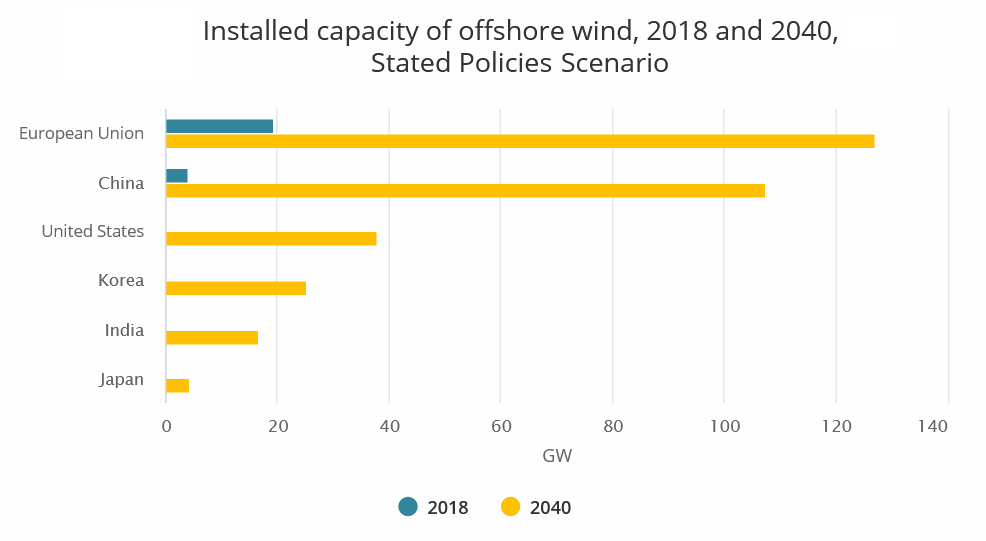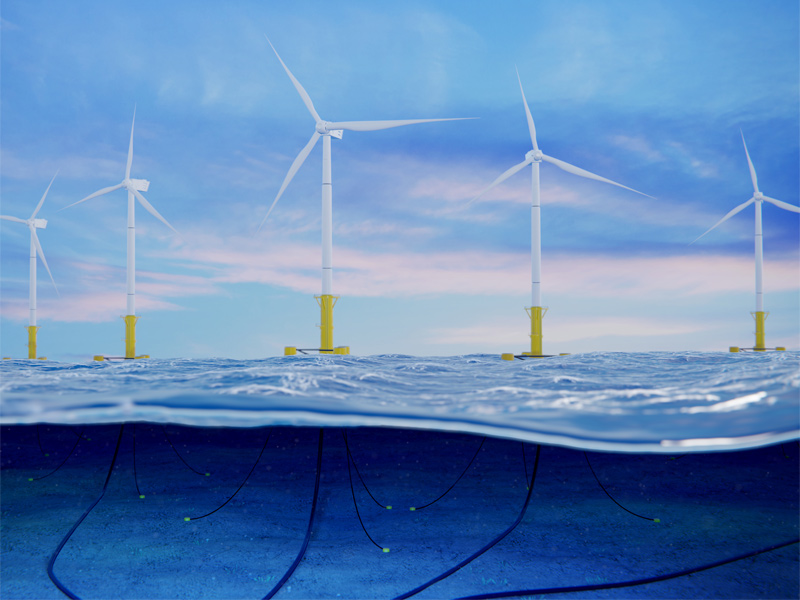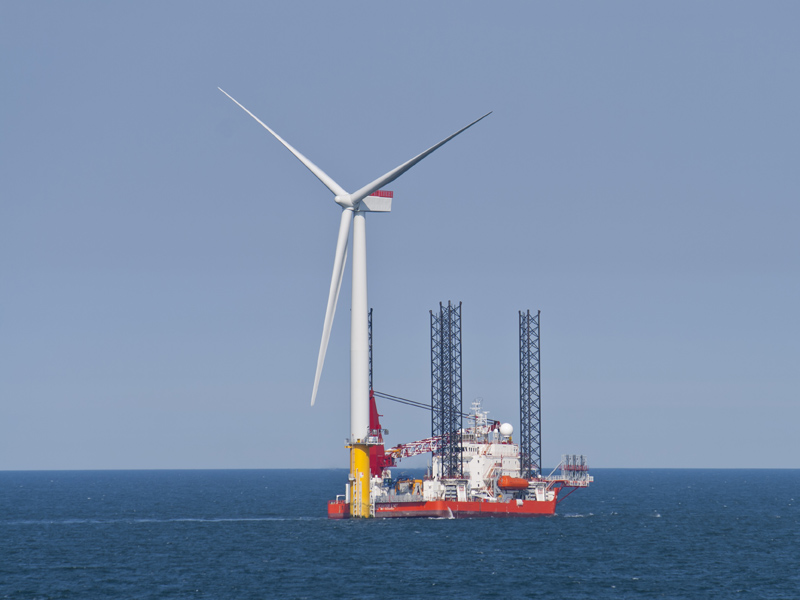
27th October 2019 Offshore wind to become a $1 trillion industry by 2040 Offshore wind power will grow exponentially over the next two decades – boosting efforts to decarbonise energy systems and cut air pollution as it becomes a major part of the global electricity supply – according to an International Energy Agency report published this week.
Offshore Wind Outlook 2019 is the most comprehensive global study on the subject to date, combining the latest technology and market developments with a specially commissioned new geospatial analysis that maps out wind speed and quality along hundreds of thousands of kilometres of coastline around the world. This report is an excerpt from the flagship World Energy Outlook 2019, due for publication on 13th November. The IEA finds that global offshore wind capacity could increase 15-fold and attract $1 trillion of cumulative investment by 2040. This is driven by falling costs and supportive government policies, alongside technological progress, such as larger turbines and floating foundations. That is just the start, however – the industry could grow far more rapidly with stepped-up support from policymakers. Offshore wind resources are so abundant, the IEA calculates they could ultimately generate more than 420,000 terawatt hours (TWh) per year, equivalent to 18 times the entire global electricity demand today. Europe has pioneered offshore wind technology, and the region is positioned to be the powerhouse of its future development. Today, offshore wind capacity in the European Union (EU) stands at almost 20 gigawatts. Under current policy settings, that is set to rise to nearly 130 gigawatts by 2040. However, if the EU reaches its carbon-neutrality aims, offshore wind capacity would jump to around 180 gigawatts by 2040 and become the region's largest single source of electricity. An even more ambitious vision – in which policies drive a big increase in demand for clean hydrogen produced by offshore wind – could push European offshore wind capacity dramatically higher. China will also play a major role in offshore wind's long-term growth, driven by efforts to lower air pollution. The technology is particularly desirable in China because offshore wind farms can be built near the major population centres spread around the east and south of the country. By 2025, China is likely to have the largest offshore wind fleet of any country, overtaking the United Kingdom. Its offshore wind capacity is predicted to rise from 4 gigawatts today to 110 gigawatts by 2040. Policies designed to meet global sustainable energy goals could push that even higher to above 170 gigawatts. The United States has good offshore wind resources in the northeast of the country and near demand centres along the densely populated east coast, offering a way to help diversify the country's power mix. Floating foundations (illustrated below) would expand the possibilities for harnessing wind resources and enable turbines to be sited further out to sea, rather than needing part of their structure to be anchored in the sea floor.
"In the past decade, two major areas of technological innovation have been game-changers in the energy system by substantially driving down costs: the shale revolution and the rise of solar PV," said Fatih Birol, IEA Executive Director. "Offshore wind has the potential to join their ranks in terms of steep cost reduction." Dr Birol launched this special report in Copenhagen, Denmark – the birthplace of offshore wind – alongside the Danish Minister for Climate, Energy and Utilities, Dan Jørgensen. The huge promise of offshore wind is underscored by the development of floating turbines that could be deployed further out at sea. In theory, they could enable offshore wind to meet the entire electricity demand of several key electricity markets several times over, including Europe, the United States and Japan. "Offshore wind currently provides just 0.3% of global power generation – but its potential is vast," explained Dr Birol. "More and more of that potential is coming within reach, but much work remains to be done by governments and industry for it to become a mainstay of clean energy transitions." Governments and regulators can clear the path ahead for offshore wind's development by providing the long-term vision that will encourage industry and investors to undertake the major investments required. That includes low-cost financing and new regulations that highlight the importance of developing onshore grid infrastructure to provide efficient integration of power production. Huge business opportunities exist for oil and gas companies to draw on their offshore technology expertise, the IEA states. An estimated 40% lifetime costs for an offshore wind project, including construction and maintenance, have significant synergies with the offshore oil and gas sector. In the largest two offshore wind energy markets – Europe and China – that translates into a market opportunity of $400 billion or more over the next two decades.
Comments »
If you enjoyed this article, please consider sharing it:
|









